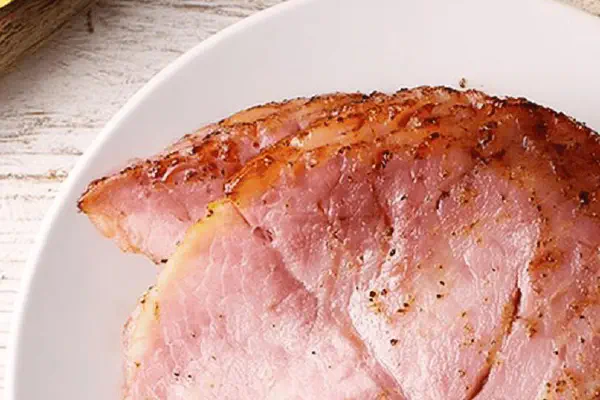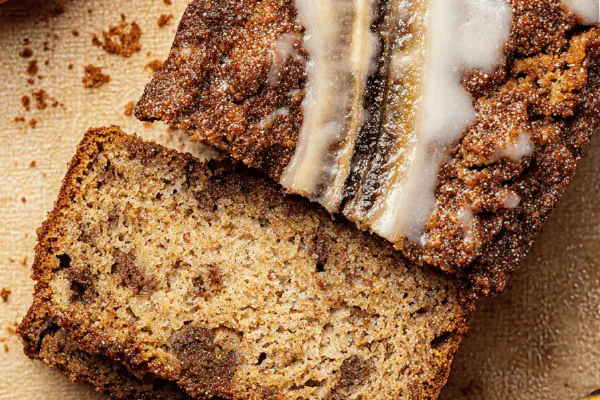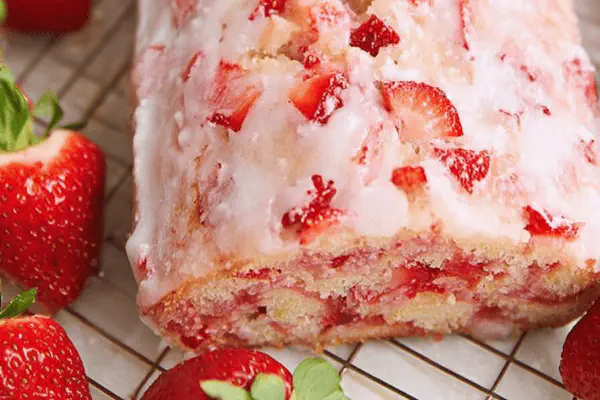Sticky Ham Glaze

E
By Emma
Certified Culinary Professional
•
Recipe tested & approved
Sweet, sticky glaze with a fiery twist. Combines brown sugar, Dijon mustard swapped for whole grain, splash of molasses instead of honey, apple cider vinegar, and a pinch of cayenne. Melts down quick, bubbling up with a glossy sheen. Got to catch that boil just right or risks caramel nightmare. Can double batch for those eager guests. Low fat, mainly sugars. Subtle bite from mustard swapping, deeper molasses notes replace the usual straight honey sweetness. Perfect for when the ham’s begging for more than just the usual glaze. Watch the texture, smell the sugars – honeyed with smoky heat, makes the ham sing.
Prep:
6 min
Cook:
4 min
Total:
10 min
Servings:
8 servings
#ham
#glaze
#molasses
#mustard
#glaze technique
#American cuisine
Brown sugar melting down with mustard grain grinding sharp but not overbearing. Sweet and spicy mingling in that sticky molten river swirling in the pot. Ever burn a glaze into a blackened mess? I sure have, first few tries. That boil? It’s that teasing moment. Bubbles forming fast, edges getting glossy; strike then or it’s caramel jail. Tried straight honey earlier – pleasant but one note. Introducing molasses brought that deep, smoky background noise. Orange juice adds slight tang, keeps it lively, not just sweet sludge. Be quick, watch colors change; glaze sings under heat but can flip bad fast. Shake pan, watch viscosity. Got cayenne here to punch wake-up, stop sickly sweetness, that heat lingers long after. Guests dipping more? Always good sign. I’ve learned doubling glaze and reheating is worth its weight. No fuss, just glaze that sticks and shouts. Keep mustard coarse, it pops in crunch sometimes, unexpected joy.
Ingredients
- 1 cup brown sugar
- 2 tablespoons whole grain mustard
- 1 tablespoon molasses
- 2 tablespoons apple cider vinegar
- 1/4 teaspoon cayenne pepper
- 1/4 cup orange juice
About the ingredients
Whole grain mustard replaced Dijon for texture variation and a bit more punch, the seeds add personality. Molasses gives a richer, darker, slightly smoky sweetness swapping in for honey’s floral notes, good backup if out of honey. Apple cider vinegar keeps the sweet side balanced; you can swap white wine vinegar if that’s all you have, but acidity shifts the finish. Orange juice freshens, but lemon juice also works — will change the tang profile. Cayenne not just heat but balances the brown sugar’s sweetness, skip if sensitive but I like that red fire. Brown sugar, ideally dark, but light works if short notice. Small liquid addition important to get that pourable glaze; water or juice, your pick. Look for moisture levels, too dry and you get grainy sticky mess. Trust the feel, not just measures. Don’t forget to stir with a wooden spoon; metal gets hot and can burn glaze faster. Storage airtight; cold seals keep sugar crystallization slow, reheated gently restores liquid gold.
Method
- Start by mixing sugar, mustard, molasses, vinegar, cayenne, and orange juice in a small saucepan.
- Heat over medium until the mixture bubbles -- quick, lively bubbling, not sluggish.
- Watch carefully for edges to thicken and shine, swirl the pan; no stickiness stuck to sides.
- Immediately remove from heat to prevent turning into tough caramel. That thin glaze consistency is magic here.
- Pour glaze over ham still warm; cover completely and bake until bubbling and sending sticky scents through the kitchen.
- Double the batch if crowd's large; drizzle extra on when serving.
- If glaze seizes, add splash water, stir until loosened.
- Too bitter? Add pinch extra sugar mid-cook.
- Leftover glaze? Store airtight fridge, rewarm gently before reuse.
Cooking tips
Mixing components well critical; sugar must dissolve into liquids before heating to avoid gritty results. Heating medium low to medium, slow start helps sugar meld before bubbling. Watch carefully; that first burst of bubbles at edges signals readiness. Running glaze test on spoon, thin layer slicks off easily. Overboiled glaze loses gloss, gets thick and brittle - disastrous on ham. Timing varies slightly by stove wattage; visualize gloss and bubble speed, not just set minutes. Pour immediately over warm ham; cold ham chills glaze, causing it to seize and clump. Baking with glaze applied creates sticky crust; watch for bubbling glaze around edges, scent of caramelizing sugar taking over kitchen. If glaze looks too thick before pouring, warm it, add few drops water to loosen. Leftovers reheat gently on stove, avoid microwave rapid heating which risks uneven burn. Double batch tip — keeps glaze active on the table for guests to add more. Mess-free trick; use a squeeze bottle for precise glaze layering. Don’t cover the ham too tightly after glazing; air circulation helps maintain glaze texture during baking.
Chef's notes
- 💡 Mix sugar with mustard and molasses first; let sugar dissolve before heating. Sudden heat burns sugar quick – use medium-low starting heat. Watch edges for quick bubbly bubbles; that signals almost ready. Stir slow with wooden spoon only; metal gets hot, scorches glaze in spots.
- 💡 Swirling pan while glaze bubbles helps even heating; stop if silvery shine fades or bubbles get slow. Thin slick glaze slips off spoon easy. Overboiled glaze thickens brittle, ruins ham coat. Pour hot but glaze must stay pourable, not runny water level.
- 💡 If glaze seizes with cold ham, warm glaze gently or warm ham first. Too bitter? Toss in a touch more sugar mid-cook. Too thick? Splash water or extra orange juice to loosen shiny glaze. Patience pays off; rushing melts texture and flavor balance.
- 💡 Mustard seeds bring texture bursts, so keep coarse, no grinding. Molasses darkens flavor, adds smoky back note replacing honey’s floral. Apple cider vinegar keeps glaze lively – swap with white wine vine if in pinch but acidity changes bite. Cayenne’s fire controls sweet overload, skip only if heat intolerant.
- 💡 Double batch for guests; drizzle extra when serving keeps glaze active. Store leftovers airtight in fridge; reheat gently on stove not microwave to avoid grainy burnt tang. Don’t cover glaze tight after applying on ham; air flow preserves sticky, shiny finish while baking.
Common questions
What if glaze burns?
Pull off heat fast. Burnt glaze tastes bitter – no fix. Start slower next time, watch edges for that lively boil, stop heat just shy of scorched.
Can I use Dijon mustard?
Dijon too smooth here. Whole grain adds crunch, texture. Dijon loses punch, glaze more one-note. Still works if no grain around. Adjust sugar slightly to compensate.
Glaze too thick how fix?
Add splash water or orange juice slowly, stir. Heat low, loosen till it coats spoon thin not sticky clump. Bitter glaze – add pinch sugar mid-cook, no overpower.
How store leftover glaze?
Airtight container fridge best. Can freeze but shifts texture. Reheat slow on stove, stir to bring back shine. Avoid microwave, burns liquid sugars uneven. Use squeeze bottle for neat serving.



